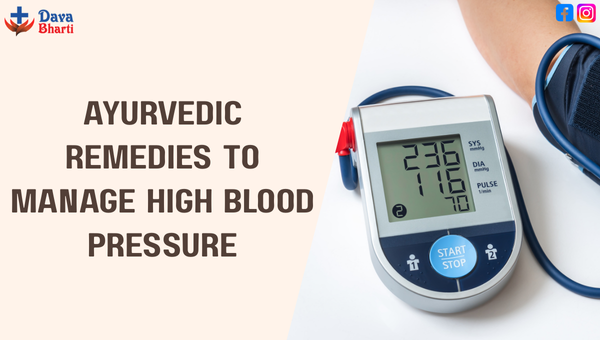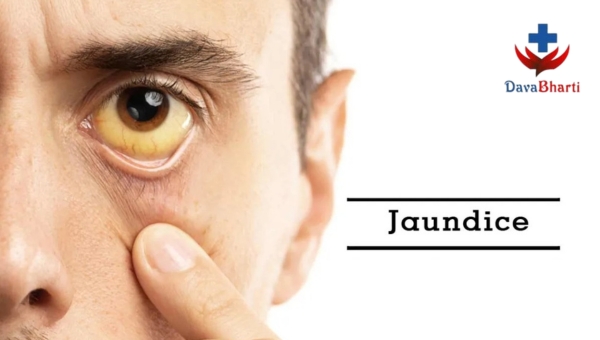Jaundice: Causes, Symptoms, and Treatment
Sep 26, 2023
Jaundice: Causes, Symptoms, and Treatment
From infants to adults, Jaundice is a prevalent medical disease that can affect everyone. It is characterized by the yellowing of the skin, mucous membranes, and the yellowish eyes. This discoloration occurs due to an excess buildup of bilirubin, a yellow pigment produced during the normal breakdown of red blood cells. In this blog post, we will delve into the various aspects of Jaundice, including its causes, symptoms, diagnosis, and treatment options.
Causes of Jaundice
Understanding the underlying causes of Jaundice is essential for accurate diagnosis and therapy. Jaundice can be brought on by a variety of different conditions. The following are some typical causes of Jaundice:
Hemolytic Jaundice: Hemolytic jaundice is when the body produces too much bilirubin due to an increase in the breakdown of red blood cells. Hemolytic jaundice may be brought on by illnesses including hemolytic anemia and particular genetic diseases.
Hepatocellular Jaundice: This type of jaundice is associated with liver diseases, such as hepatitis and cirrhosis, which impair the liver's ability to process bilirubin properly.
Obstructive Jaundice: When there is a blockage in the bile ducts, bilirubin cannot flow freely from the liver to the intestines, resulting in obstructive Jaundice. Gallstones, tumors, or inflammation can cause these blockages.
Newborn Jaundice: Many newborns develop Jaundice in the first few days of life. This is usually a temporary and benign condition caused by the immature liver's inability to process bilirubin efficiently.

Symptoms of Jaundice
The most noticeable symptom of Jaundice is the yellowing of the skin and eyes. However, Jaundice can present with other symptoms. For example:-
Fatigue and weakness
Pale stools
Dark urine
Itchy skin
Abdominal pain or discomfort
Vomiting
Loss of appetite
Unexplained weight loss

Diagnosis of Jaundice
Blood Tests: Blood tests are used to measure the levels of bilirubin in the blood. Elevated levels of bilirubin confirm Jaundice.
Liver Function Tests: These tests assess the liver's health and its ability to process bilirubin. They include measurements of liver enzymes and other markers.
Imaging Tests: Ultrasound, CT scans, or MRIs may be performed to identify any structural abnormalities in the liver or bile ducts.
Endoscopy: If there is suspicion of bile duct obstruction, an endoscopy may be recommended to visualize and potentially treat the blockage.
Biopsy: In cases where a liver disease is suspected, a liver biopsy may be performed to examine a small sample of liver tissue for signs of disease or damage.
Treatment of Jaundice
With adults, Jaundice typically doesn't need treatment and with neonates, it can be a far more serious issue. Treatment options exist for both Jaundice's causes and consequences
Treating the Underlying Condition: If Jaundice is a symptom of an underlying medical condition, such as hepatitis or anemia, the primary focus will be on treating that condition.
Managing Obstructions: In cases of obstructive Jaundice, procedures like endoscopic retrograde cholangiopancreatography (ERCP) or surgery may be necessary to remove the blockage.
Phototherapy: Newborns with Jaundice often undergo phototherapy, where they are exposed to special blue lights that help break down excess bilirubin.
Medications: In some cases, medications may be prescribed to help the liver process bilirubin more efficiently.
Lifestyle Changes: For individuals with liver-related jaundice, lifestyle changes such as alcohol cessation, a healthy diet, and weight management may be recommended.

Prevention
Preventing jaundice often involves managinthe underlying conditions that can lead to it. This includes practicing safe sex to prevent hepatitis, getting vaccinated against hepatitis viruses, and seeking medical attention for any symptoms of liver disease.
Conclusion
Jaundice is a common condition that can result from various underlying causes. While it is often a symptom of an underlying medical issue, prompt diagnosis and treatment are essential for managing Jaundice effectively. If you or someone you know is experiencing symptoms of Jaundice then it is important to consult a healthcare provider for a proper evaluation and treatment plan. Early intervention can lead to better outcomes and an improved quality of life for individuals with Jaundice.
Recent Post

Ayurvedic Remedies To Manage High Blood Pressure

Best Ayurvedic Tips for Weight Loss

How to Store Medicines at Home Safely and Effectively

Your Ultimate Guide To A Balanced Diet For Diabetes

Ayurvedic Skincare Tips: Say Goodbye to Dry & Itchy Skin This Winter

Winter Wellness: Staying Healthy During the Cold Months

Natural Remedies for Mental Wellness Top Ayurvedic Solutions

Men’s Health Awareness: Natural Approaches to Boost Energy, Vitality, Prostate Health, and Mental Wellness

Overweight and Obesity: Causes, Impact, and Solutions

Detoxing Your Body: A Natural Path to Health and Wellness


